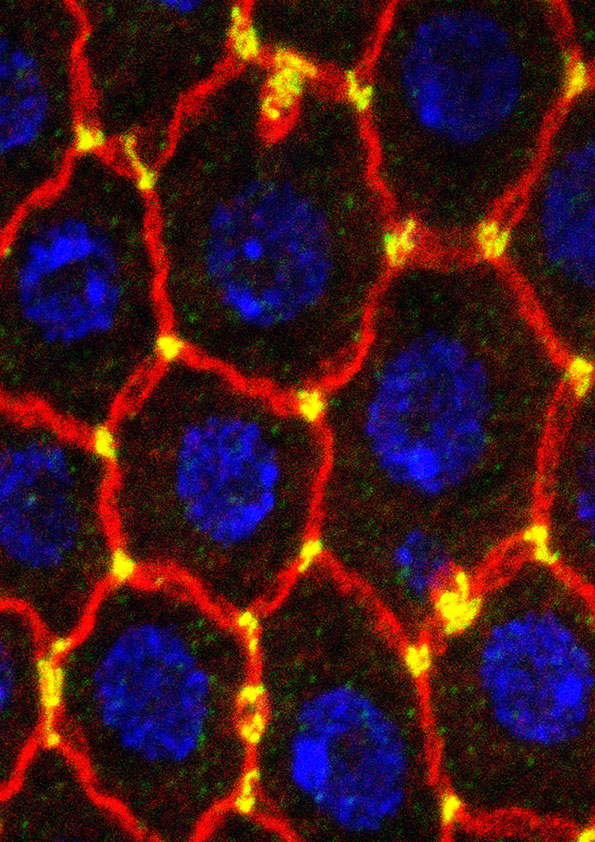
Age-related Changes to Stem Cells and the Stem Cell Niche
Loss of tissue and organ function is a characteristic of aging, and such changes have been attributed to decreases in stem cell function. Given the relationship between reduced stem cell activity, loss of tissue homeostasis, and aging, several key questions emerge. Is loss of tissue homeostasis due to:
1) a decrease in stem cell number
2) an inability of stem cells to respond to appropriately to signals from the niche
3) reduced signaling from the niche to specify stem cell self-renewal and maintenance or
4) reduced progenitor cell function?
If all of these factors contribute to loss of tissue homeostasis, is any one more prevalent than the others, and which changes could be most easily targeted in the treatment of aging-related diseases? Lastly, can loss of tissue homeostasis be uncoupled from the aging process and studied independently with respect to changes in stem cell function?
Data from our lab suggest that aging of the stem cell niche is a major factor in decreased stem cell activity and tissue homeostasis over time. Therefore, we predict that when considering transplantation of stem cells, it may be necessary to transplant niche cells, in addition to stem cells, to provide a “younger” niche that may be more capable of sustaining stem cell self-renewal. Furthermore, as one of the primary risk factors for the development of cancer is increased age, these studies will reveal the consequences of aging on the regulation of tissue stem cell behavior and may highlight some of the factors that lead to the transformation of normal stem cells into cancer stem cells over time.
